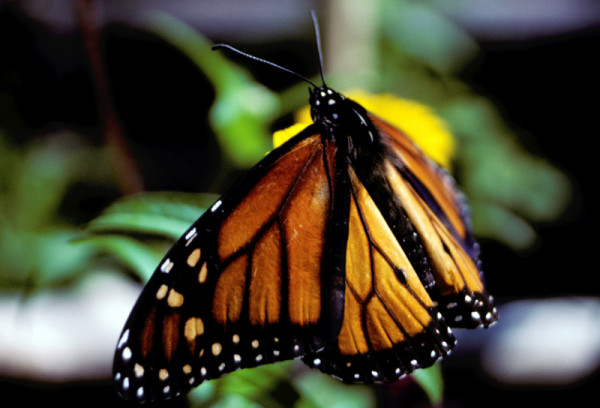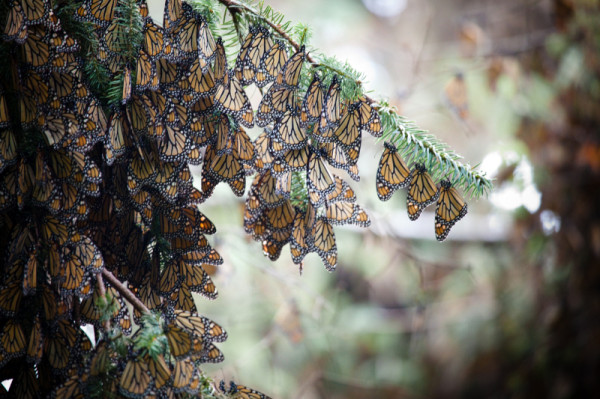Welcome Monarchs Home
As part of WWF’s Monarch Butterfly Week, we spoke with Steven Price, a senior conservation expert at WWF-Canada, about the species as they undertake their journey north.
Where will the monarchs be this time of the year around April and May?
By the end of April, the monarch butterflies have usually all left the Mexican fir forests and are on their way north, with females looking for the milkweed plant to lay their eggs on. Usually we spot them in Canada in June and July, however their arrival mostly depends on how ideal the weather conditions are in the U.S. spring.
Are the monarchs who come here in the summer the same ones to left Canada last fall?
What is fascinating about this species is its rolling waves of generations as it moves north, so the ones who left Canada the previous autumn are the not the same ones that return in spring. Depending on weather, the third and fourth wave of monarchs are the ones that reach Canada.. Unlike bird migration, where adults and young travel south in the fall and then both return in the spring, the monarchs that come here in the summer are the grandchildren and great-grandchildren of the monarchs who originally left in the fall!
Where are the specific areas in Canada where the monarchs gather for migration?
Point Pelee, Long Point and other shoreline areas, especially along the Great Lakes, are designated specifically as monarch migration areas, usually for the southbound migration in the fall. These areas are known as ‘staging’ areas for migration, because migratory animals usually stage and bulk up on their food before taking off on their long journey. These areas are also great locations for tourists and locals to follow and observe the monarch butterflies. If you are lucky, you can see bushes and trees filled with dozens to hundreds of butterflies!
What is the most interesting thing about monarch butterflies to you?
The monarch is probably the first butterfly that I knew and understood, which may be true of most Canadians. Growing up, I had the opportunity to work with and later visit Norah and Fred Urquhart, pioneering Canadian zoologists who studied the migration of monarch butterflies. As a biologist myself, the monarch migration fascinates me; thousands of birds and insects migrate every year, however none of them follow this multi-generational pattern like the monarchs do!
Learn more about these amazing species at wwf.ca/monarchbutterfly. You can support WWF’s critical monarch conservation work in Mexico by making a $50 virtual gift today! You contribution will be matched by an anonymous donor in Mexico to help make double the impact.



